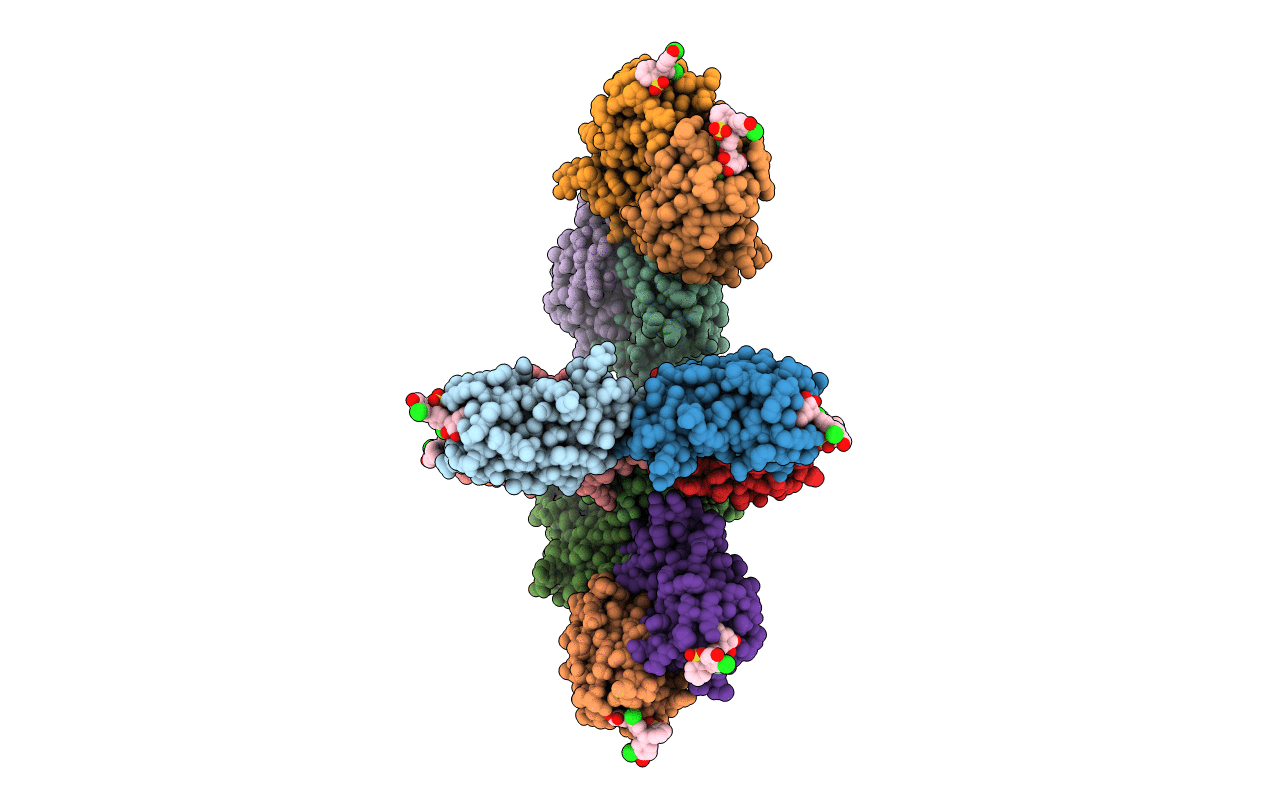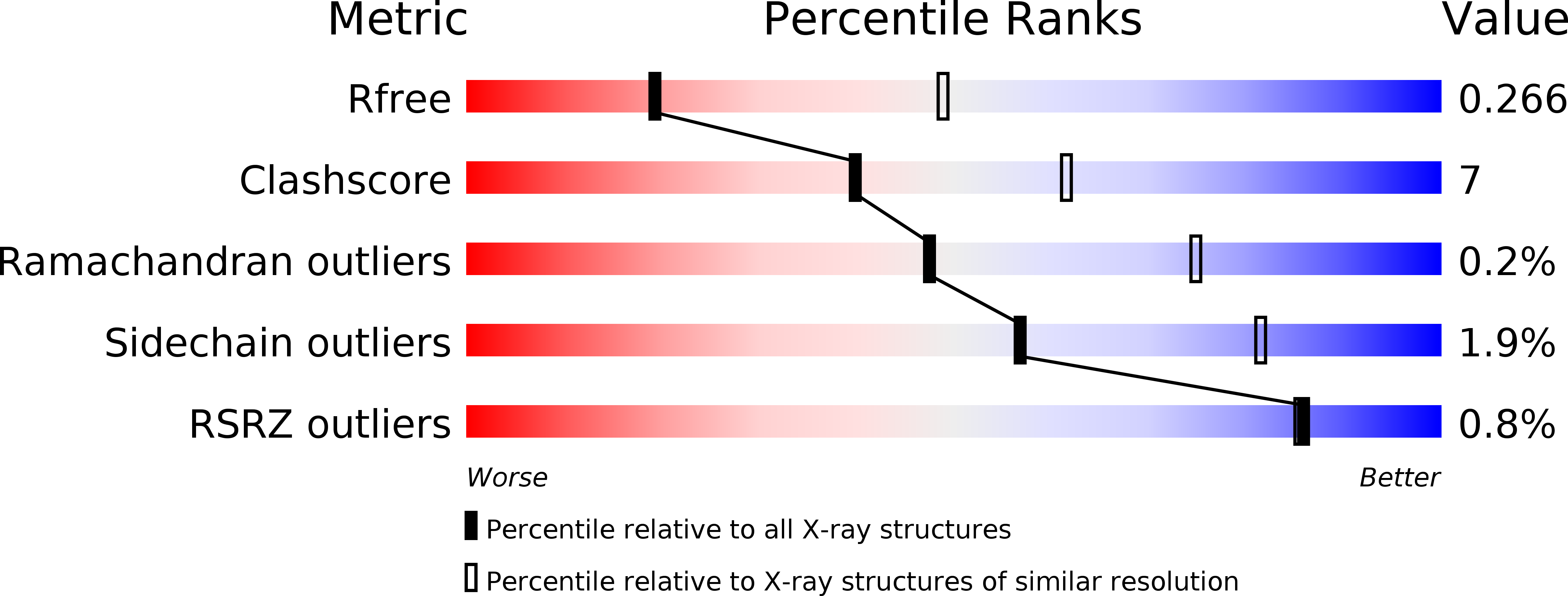
Deposition Date
2013-07-06
Release Date
2013-10-30
Last Version Date
2023-11-08
Entry Detail
PDB ID:
4LK6
Keywords:
Title:
Crystal Structure of Pseudomonas aeruginosa Lectin LecA Complexed with Chlorophenol Red-b-D-galactopyranoside at 2.86 A Resolution
Biological Source:
Source Organism:
Pseudomonas aeruginosa (Taxon ID: 208964)
Host Organism:
Method Details:
Experimental Method:
Resolution:
2.86 Å
R-Value Free:
0.27
R-Value Work:
0.23
R-Value Observed:
0.23
Space Group:
P 21 21 21


